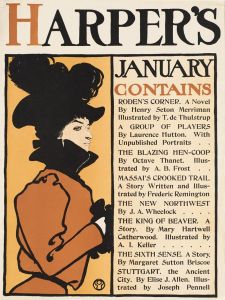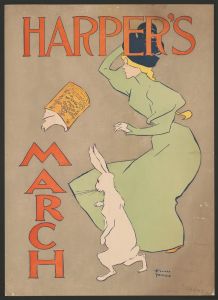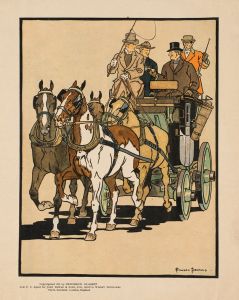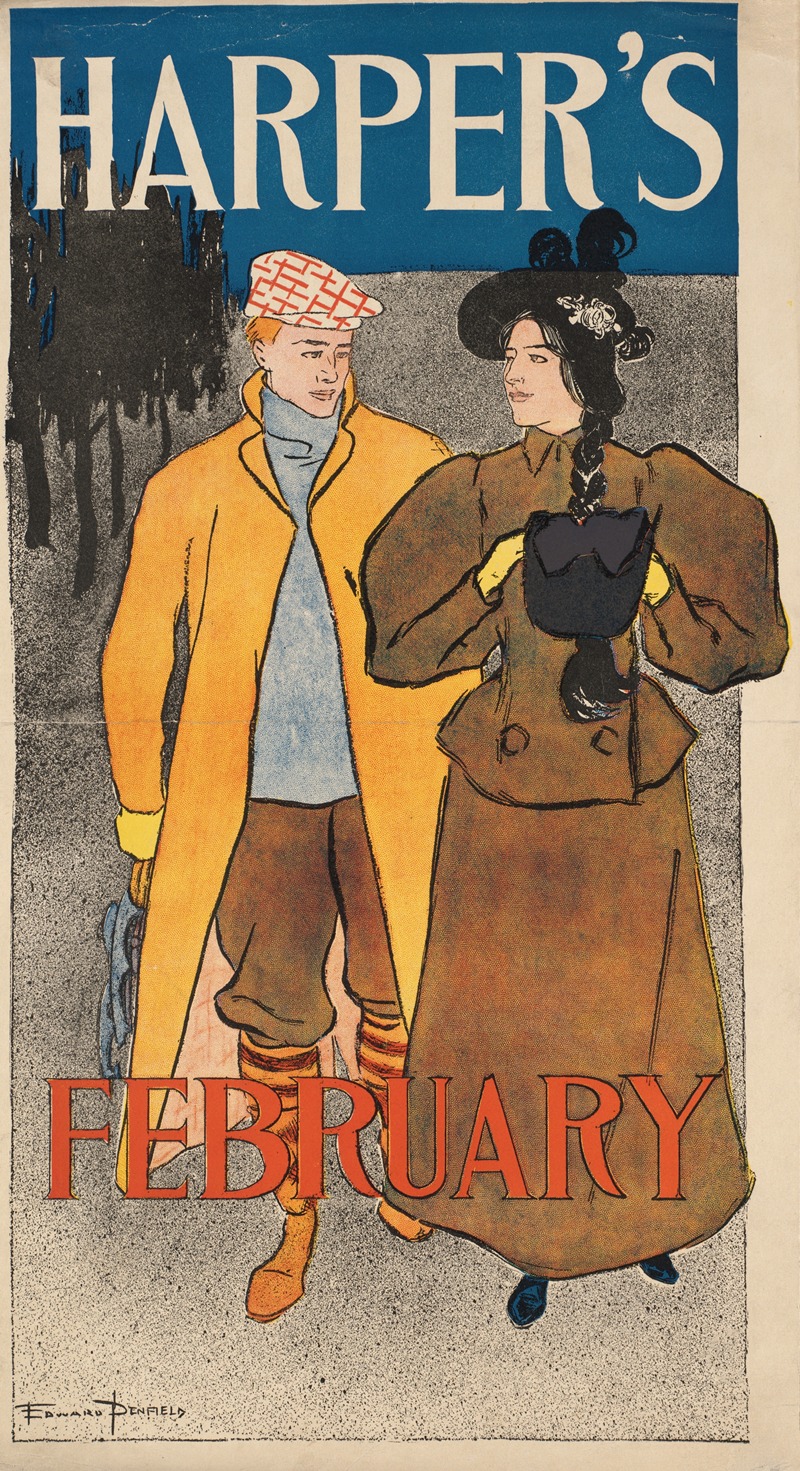
Harper’s February
A hand-painted replica of Edward Penfield’s masterpiece Harper’s February, meticulously crafted by professional artists to capture the true essence of the original. Each piece is created with museum-quality canvas and rare mineral pigments, carefully painted by experienced artists with delicate brushstrokes and rich, layered colors to perfectly recreate the texture of the original artwork. Unlike machine-printed reproductions, this hand-painted version brings the painting to life, infused with the artist’s emotions and skill in every stroke. Whether for personal collection or home decoration, it instantly elevates the artistic atmosphere of any space.
Edward Penfield was an influential American illustrator and a key figure in the development of graphic design during the late 19th and early 20th centuries. He is best known for his work as an art director for Harper's Magazine, where he created a series of monthly cover illustrations that became iconic representations of the era. One of his notable works is "Harper’s February," which exemplifies his distinctive style and contribution to the world of illustration.
"Harper’s February" was part of a series of covers Penfield designed for Harper's Magazine, each reflecting the themes and moods of the respective months. Penfield's work during this period was characterized by its bold use of color, simplified forms, and strong compositions, which were influenced by the Art Nouveau movement and the poster art of the time. His covers often featured everyday scenes and activities, capturing the essence of contemporary American life with a touch of elegance and sophistication.
In "Harper’s February," Penfield employs a limited color palette, which was typical of his style, allowing the design to be both striking and economical in its use of color. The illustration likely features a scene or motif that resonates with the winter month of February, possibly incorporating elements such as winter attire, seasonal activities, or holiday themes. Penfield's ability to convey a narrative or evoke a mood through minimalistic yet expressive imagery made his work stand out in the world of magazine illustration.
Penfield's contributions to Harper's Magazine were significant not only for their artistic quality but also for their role in shaping the visual identity of the publication. His covers helped establish a recognizable and cohesive brand image for Harper's, contributing to its popularity and success during a time when magazines were a primary source of entertainment and information for the public.
Beyond his work for Harper's, Edward Penfield was also involved in other artistic endeavors, including book illustrations and advertising posters. His influence extended beyond the United States, as his work was exhibited internationally and admired by contemporaries in Europe. Penfield's legacy in the field of illustration is marked by his ability to blend artistic creativity with commercial appeal, setting a standard for future generations of graphic designers and illustrators.
Overall, "Harper’s February" is a testament to Edward Penfield's skill as an illustrator and his impact on the visual culture of his time. His work remains an important part of the history of American illustration, reflecting the artistic trends and societal values of the late 19th and early 20th centuries.





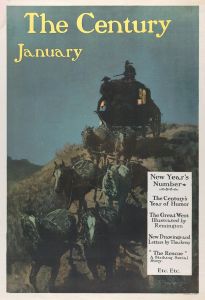
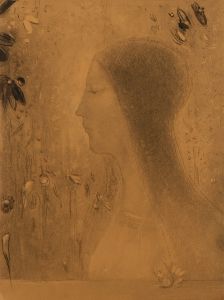
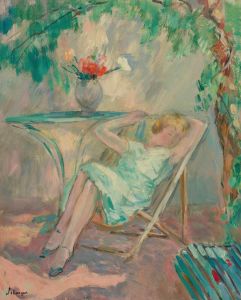

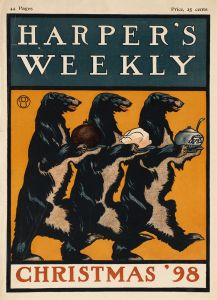

![Harper’s [for] April](/imgs/252615/s/edward-penfield-harpers-for-april-926050d0.jpg)

